New York City holds countless treasures beyond the tourist-packed streets of Midtown Manhattan. While Times Square dazzles first-time visitors, those seeking authentic experiences find greater rewards in the city’s less heralded neighborhoods and hidden gems.
Here is a list of 15 quieter corners of New York that offer genuine urban adventures without the crushing crowds and tourist traps of Times Square.
Fort Tryon Park
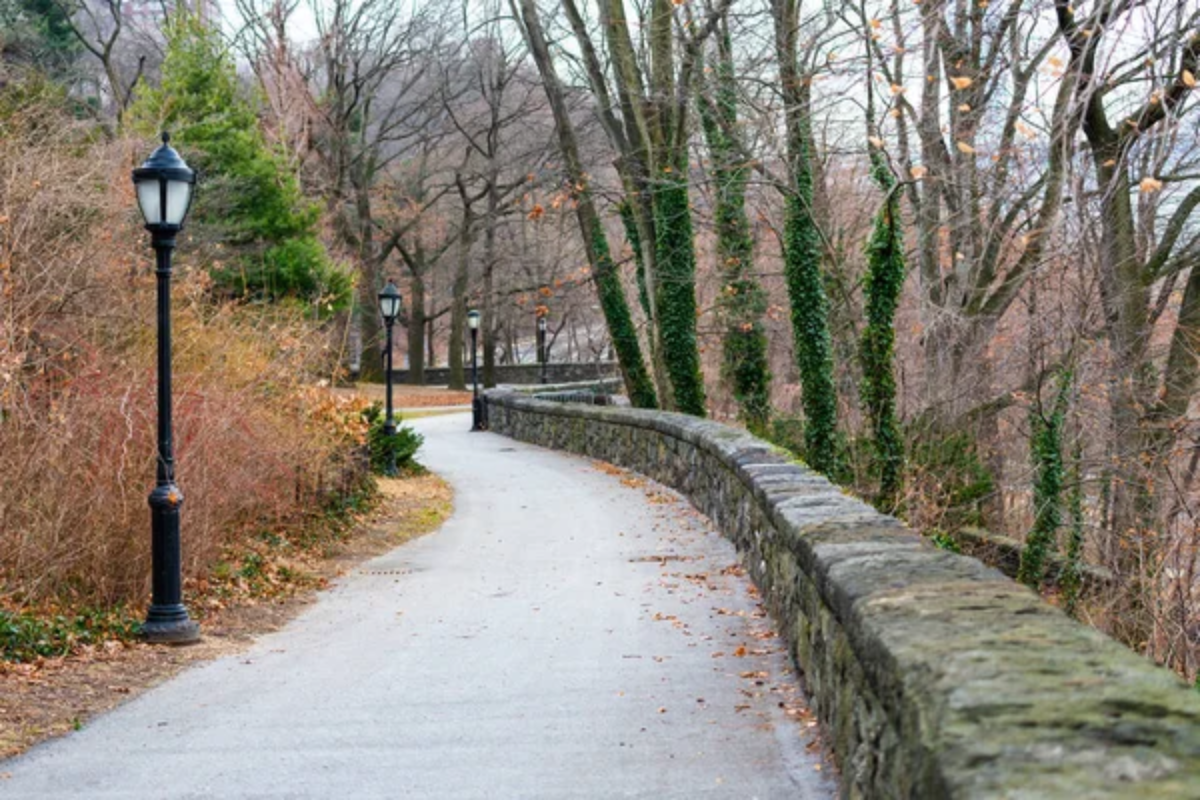
Perched high above the Hudson River in northern Manhattan, this 67-acre park designed by Frederick Law Olmsted Jr. offers spectacular river views and houses The Cloisters Museum. The medieval-style building contains portions of five European abbeys that were dismantled, shipped to New York, and reassembled stone by stone in the 1930s.
The meticulously maintained gardens include more than 250 varieties of plants similar to those grown during the Middle Ages. Even on weekends, visitors can find tranquil spots throughout the park’s winding pathways that feel worlds away from Manhattan’s bustling streets.
Red Hook
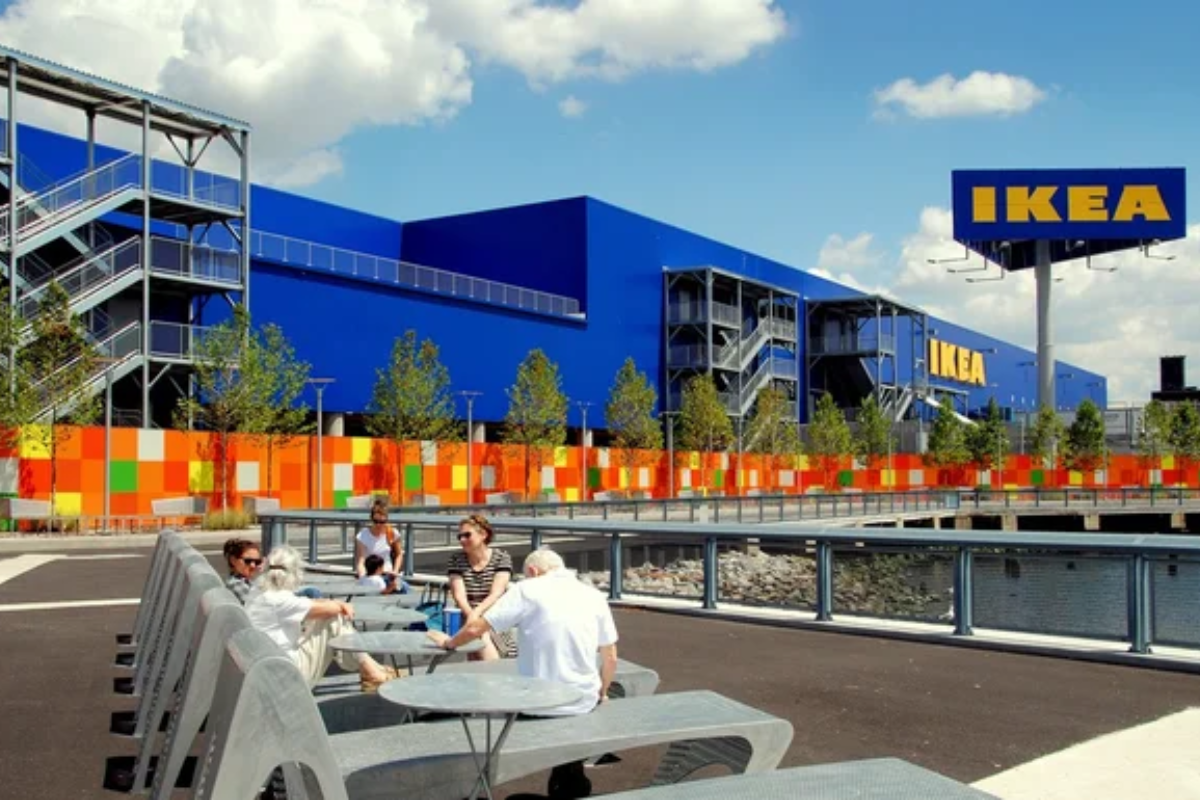
This waterfront Brooklyn neighborhood maintains its industrial character while nurturing creative enterprises in former warehouses and factories. The relative isolation—it lacks direct subway access—has preserved Red Hook’s distinctive atmosphere despite development pressures.
Visitors can explore Civil War-era warehouses, sample food from Latin American vendors at the Red Hook playing fields, or watch container ships navigate the harbor from Louis Valentino Jr. Park. The neighborhood’s maritime history remains visible in its architecture and street layout, creating an authentic waterfront experience increasingly rare in gentrified New York.
Like Travel Pug’s content? Follow us on MSN.
City Island
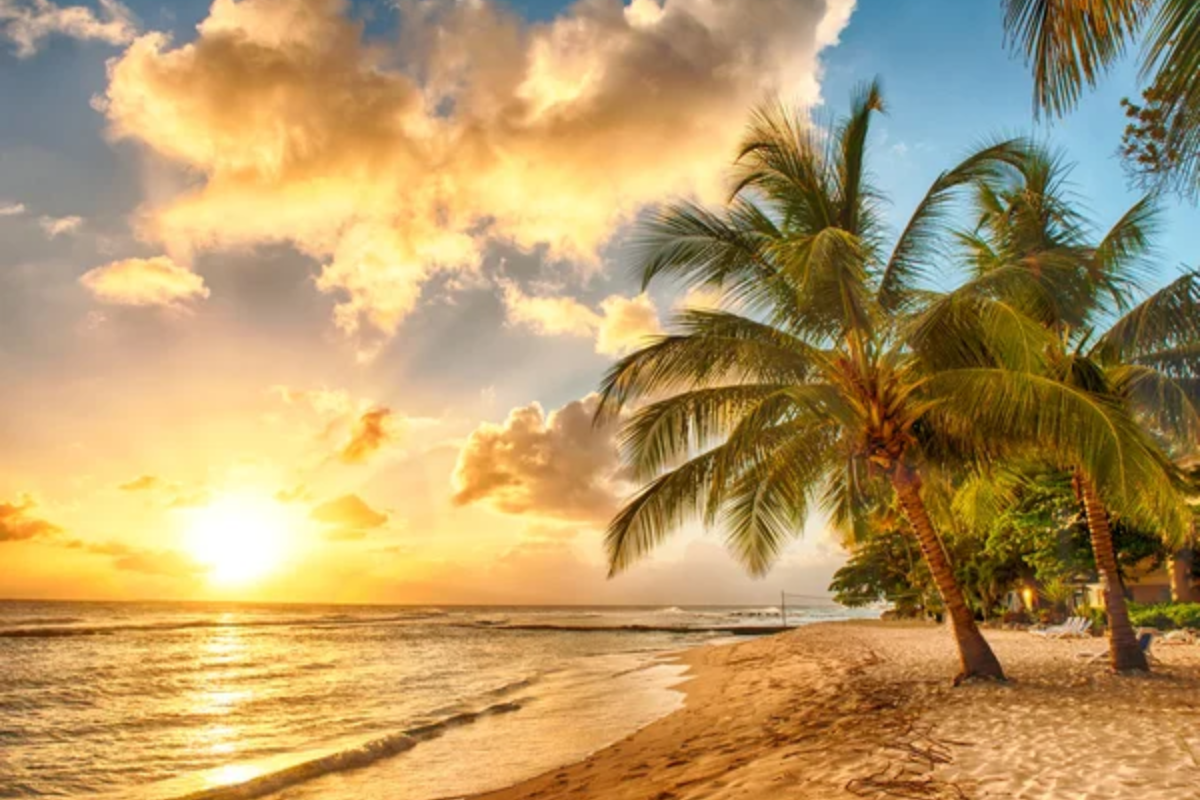
This small island in the Bronx, measuring just 1.5 miles long by half a mile wide, feels more like a New England fishing village than part of New York City. Connected to the mainland by a single bridge, the island maintains a distinctly maritime character with seafood restaurants, yacht clubs, and small beaches.
Visitors can explore the City Island Historical Society and Nautical Museum housed in a 1897 schoolhouse or stroll past Victorian homes on quiet residential streets. The sense of isolation—despite being technically within city limits—creates a peaceful retreat from urban intensity.
Greenpoint
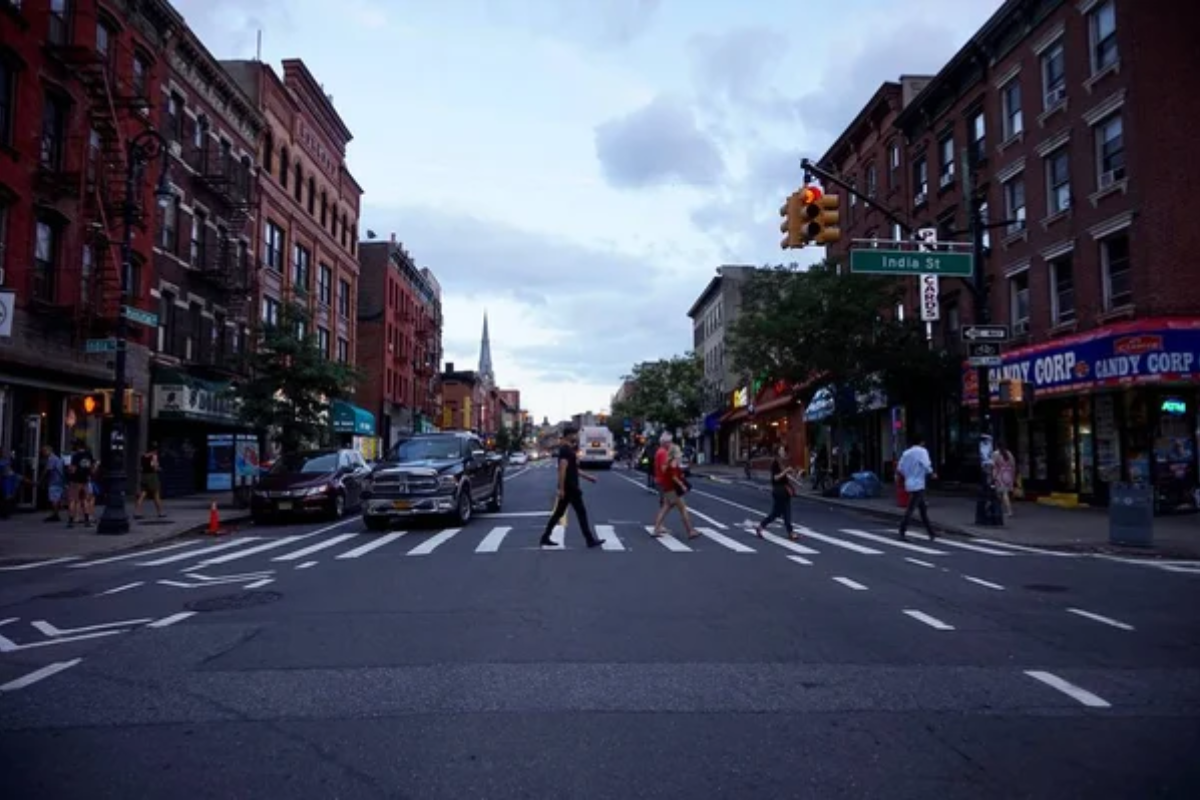
This northernmost Brooklyn neighborhood retains strong Polish influences while welcoming artists and creative businesses priced out of nearby Williamsburg. The area’s industrial past remains visible in warehouses and factories now housing film studios, craft breweries, and innovative restaurants.
McCarren Park serves as the neighborhood’s backyard, where locals gather for recreation rather than tourist photos. Greenpoint’s blend of working-class heritage and creative energy creates an authentic urban experience that is increasingly hard to find in more polished neighborhoods.
Governors Island
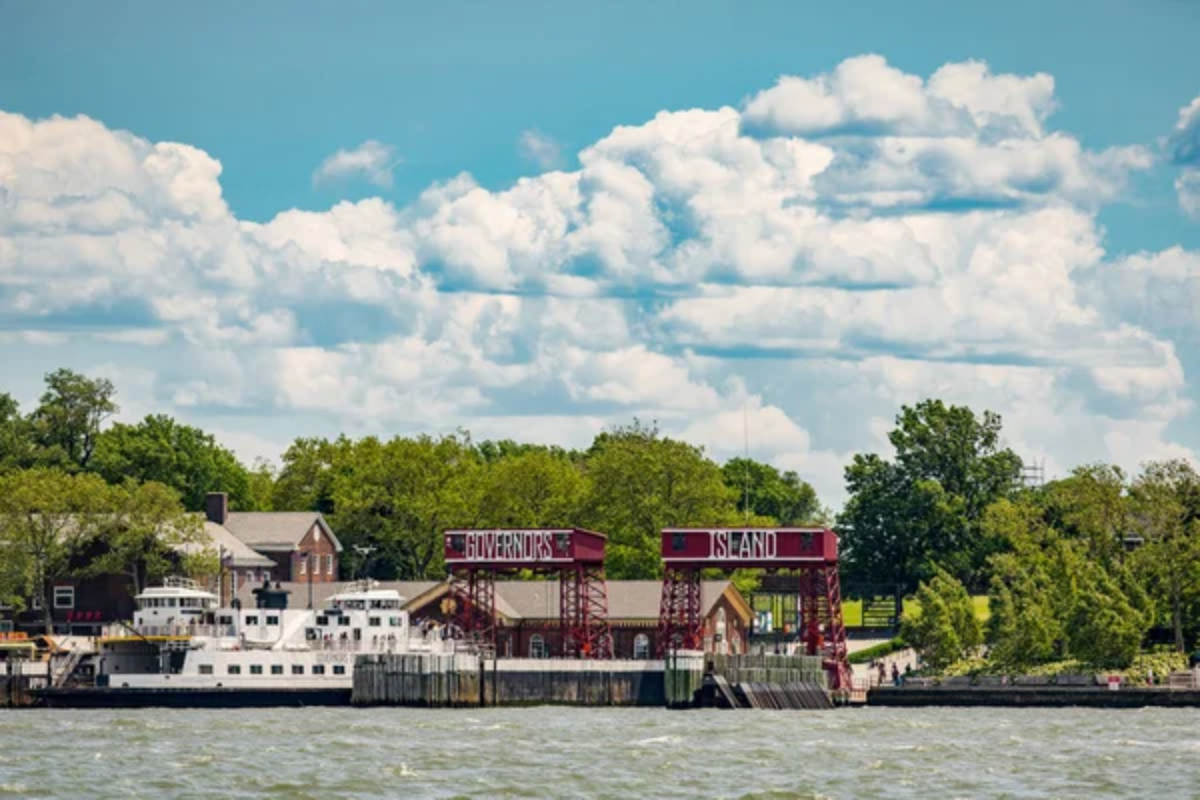
This 172-acre former military base in New York Harbor offers car-free exploration, just a short ferry ride from Manhattan and Brooklyn. Historic Coast Guard buildings and Civil War-era Fort Jay create a unique architectural landscape now repurposed for cultural and recreational uses.
Visitors can cycle the island’s perimeter path, lounge in hammocks with harbor views, or picnic on expansive lawns that are rarely crowded despite their central location. The island’s seasonal nature—open only from May through October—and limited development preserve its peaceful atmosphere despite its proximity to Lower Manhattan.
Like Travel Pug’s content? Follow us on MSN.
Jackson Heights
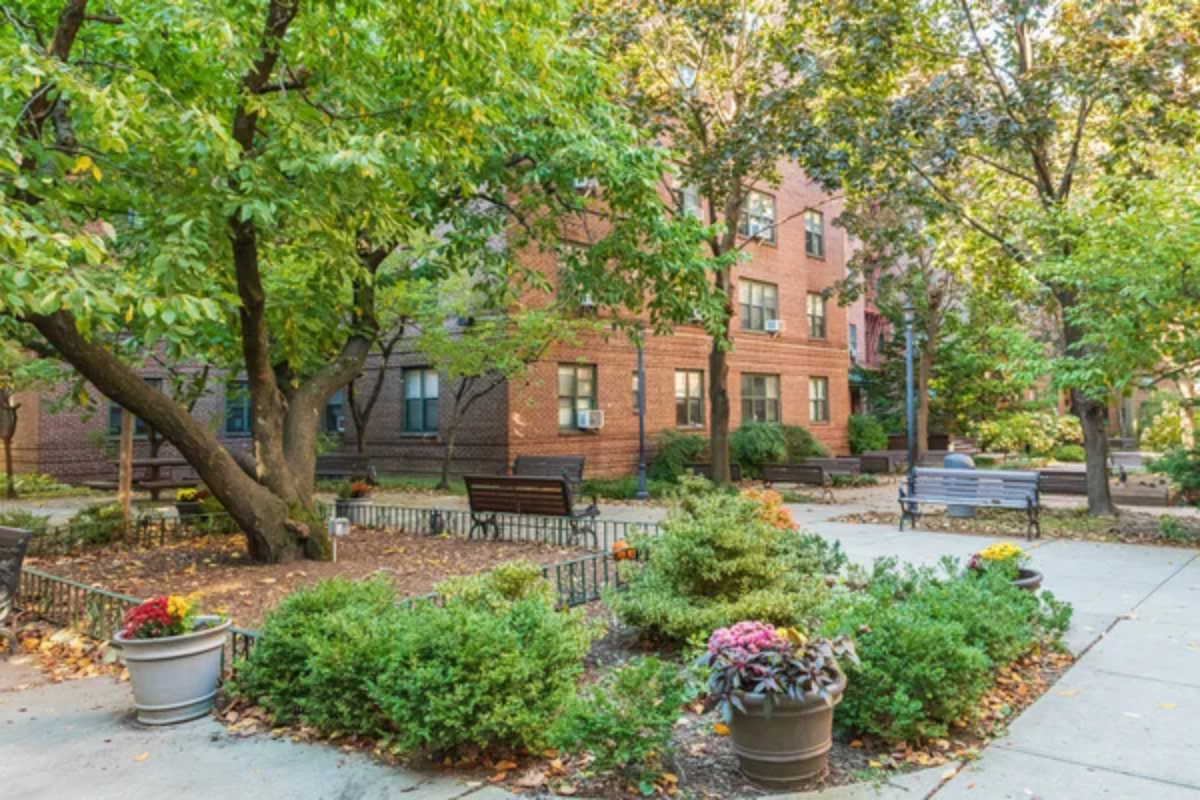
This Queens neighborhood serves as one of America’s most diverse communities, with residents from across South Asia, Latin America, and dozens of other regions creating a genuine global village. The Roosevelt Avenue corridor features restaurants representing virtually every major cuisine, while the historic garden apartment complexes offer architectural interest rare in outer boroughs.
The diversity extends to local businesses, houses of worship, and cultural institutions, creating immersive international experiences without leaving the city. Visitors can sample momos from Nepal, arepas from Colombia, and dosas from South India within a few blocks.
Sunset Park
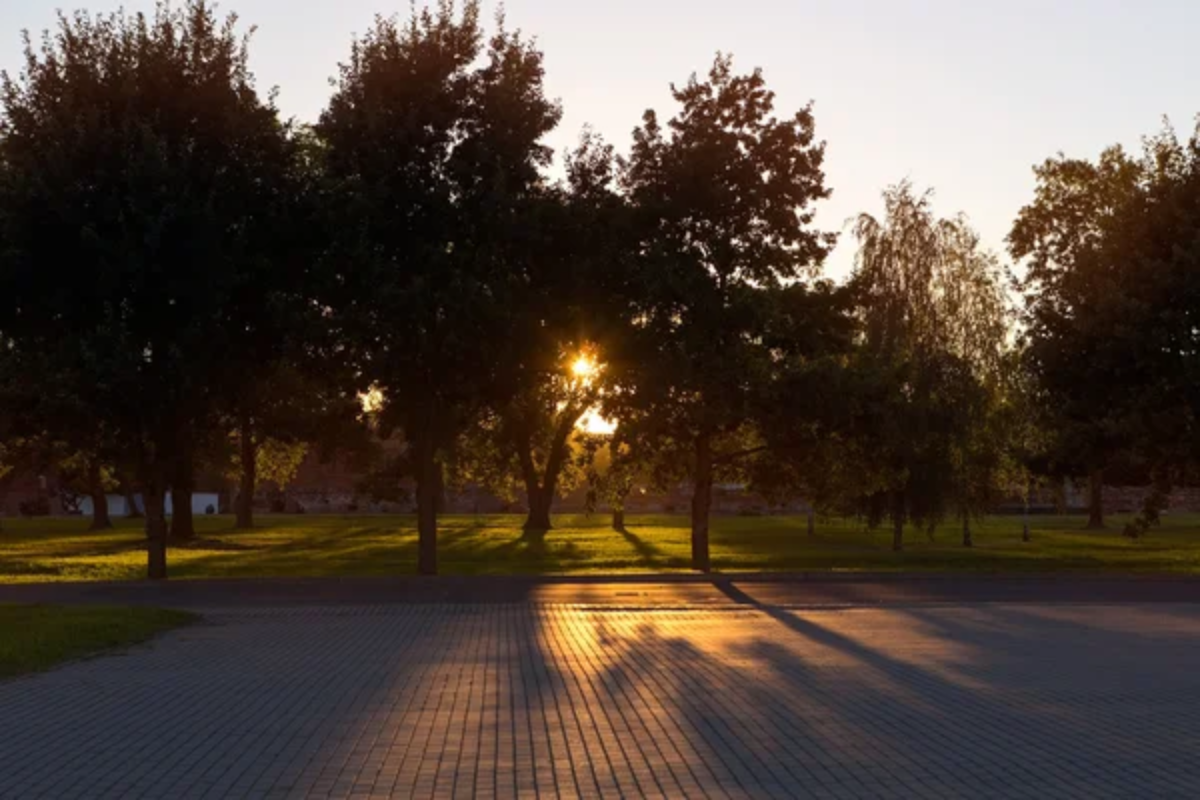
This Brooklyn neighborhood, encompassing both a sprawling industrial waterfront and residential areas with panoramic harbor views, serves as home to vibrant Latin American and Asian communities. The neighborhood’s namesake park sits atop the highest natural point in Brooklyn, offering spectacular views of the Manhattan skyline, New York Harbor, and even distant New Jersey.
The neighborhood contains both Brooklyn’s Chinatown along 8th Avenue and a thriving Latin American district along 5th Avenue, creating multiple cultural experiences within walking distance. The recently developed Industry City complex houses creative businesses, food vendors, and arts organizations in converted industrial buildings.
St. George
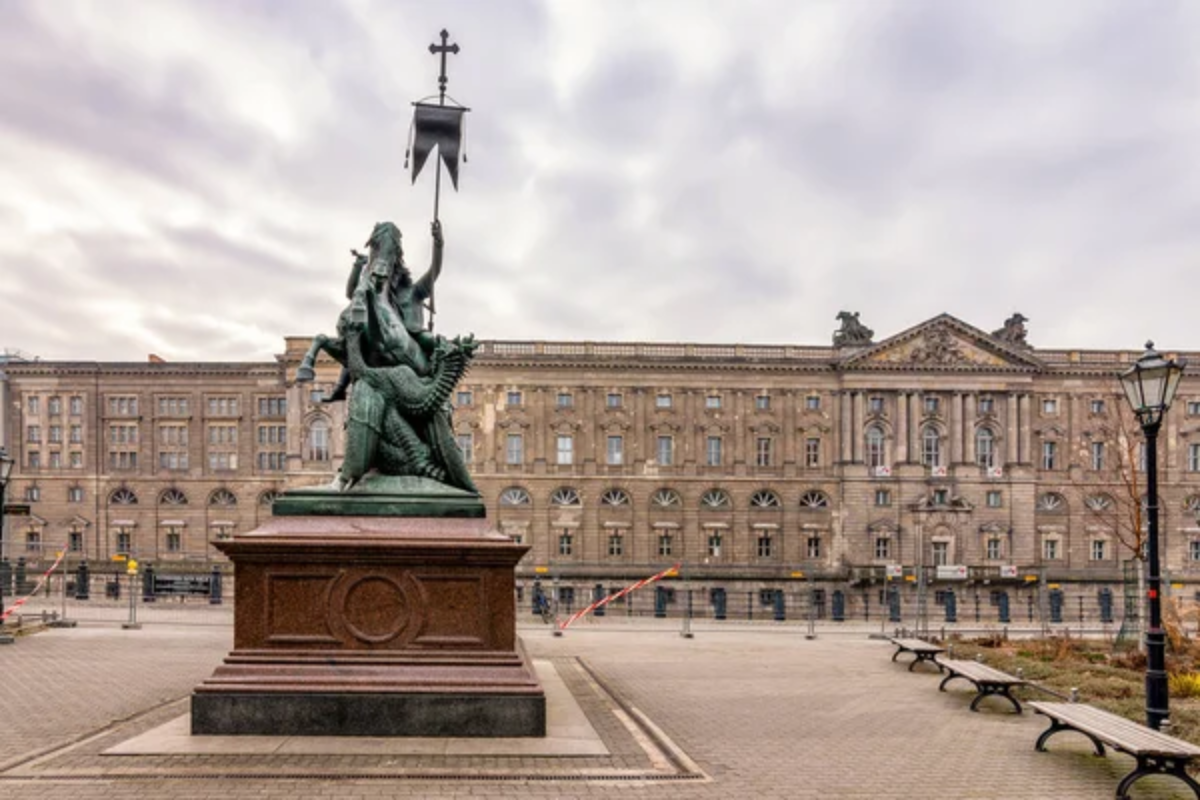
Staten Island’s civic center offers impressive architecture, cultural institutions, and harbor views, just a free ferry ride from Manhattan. The St. George Theatre—an ornate 1929 venue recently restored to its original grandeur—hosts performances ranging from comedy to classical music in a space featuring Spanish and Italian Baroque details.
The nearby Staten Island Museum and National Lighthouse Museum provide cultural context, while the borough’s Supreme Court building showcases imposing Beaux-Arts architecture. The neighborhood’s hillside setting provides dramatic views across the harbor to Manhattan’s skyscrapers.
Like Travel Pug’s content? Follow us on MSN.
Ridgewood
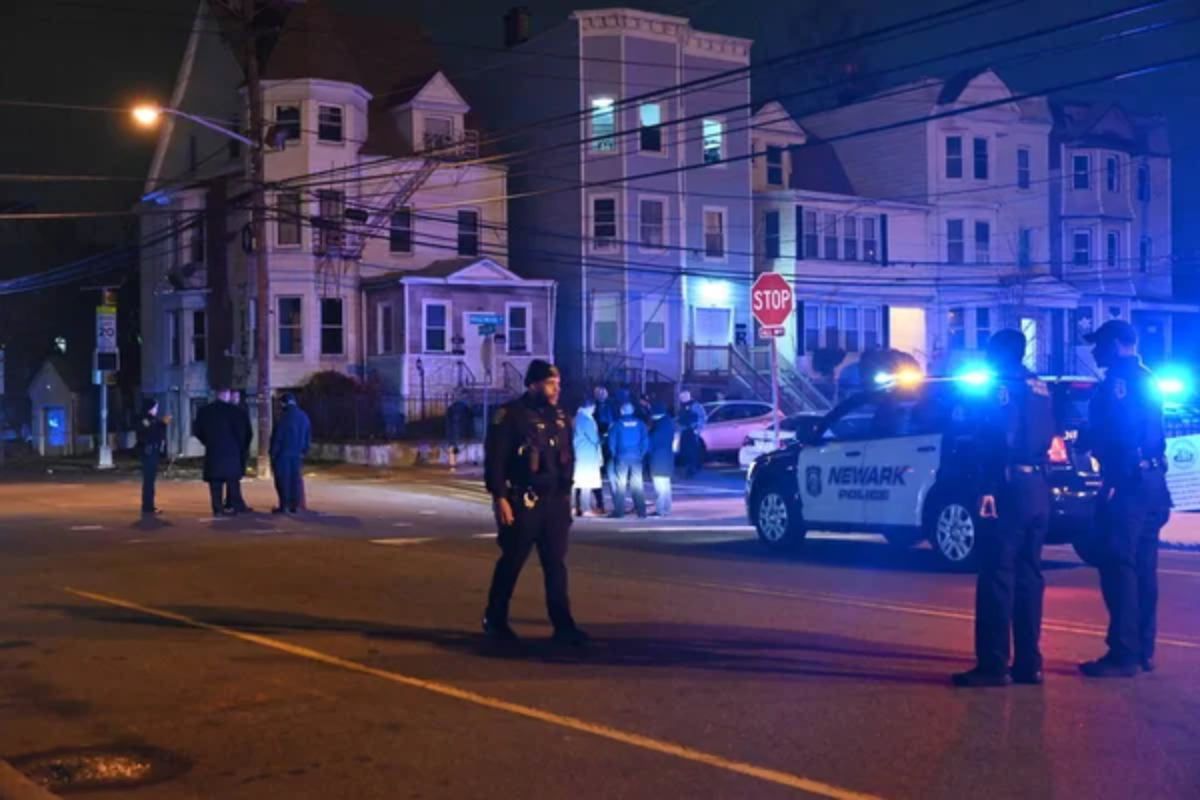
Straddling the Queens-Brooklyn border, this neighborhood features distinctive yellow brick apartment buildings constructed in the early 20th century for working-class German immigrants. The historic district contains over 2,980 buildings on 28 blocks, creating one of New York’s most cohesive architectural landscapes.
Today’s residents include families with deep roots in the neighborhood alongside artists seeking affordable space near public transportation. Local businesses reflect this blend, with traditional German bakeries operating alongside creative cocktail bars and independent art galleries.
Morris Park
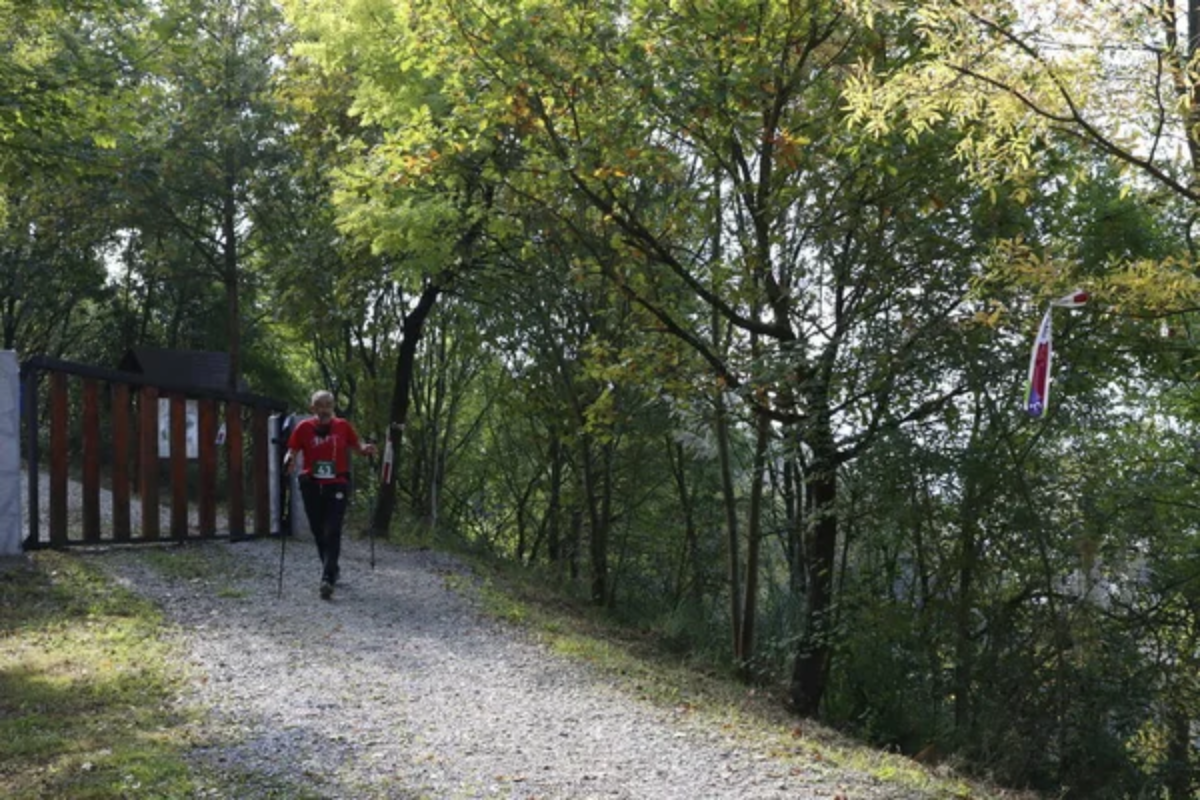
This Bronx neighborhood centered around Bronx Park East maintains strong Italian-American traditions while welcoming newer immigrant communities. The area feels distinctly suburban despite being within city limits, with detached homes, front yards, and quieter streets than many parts of New York.
The neighborhood comes alive during the annual Bronx Columbus Day Parade when residents celebrate Italian heritage with enthusiasm rarely seen in more tourist-oriented festivities. Local restaurants serve authentic Italian cuisine to knowledgeable local clientele, rather than modifying dishes for tourist palates.
Tudor City

This historic apartment complex perched above East Midtown sits just blocks from the United Nations yet remains overlooked by most visitors. Built in the 1920s, the neo-Gothic buildings feature impressive architectural details, private parks, and a cohesive design rare in Manhattan developments.
The elevated position creates unexpected quietude despite the central location, with the complex’s gardens offering peaceful retreats from urban chaos. The pedestrian bridges spanning 42nd Street provide unique vantage points for viewing the city, while the buildings themselves contain fascinating architectural details worth close examination.
Like Travel Pug’s content? Follow us on MSN.
Forest Hills Gardens
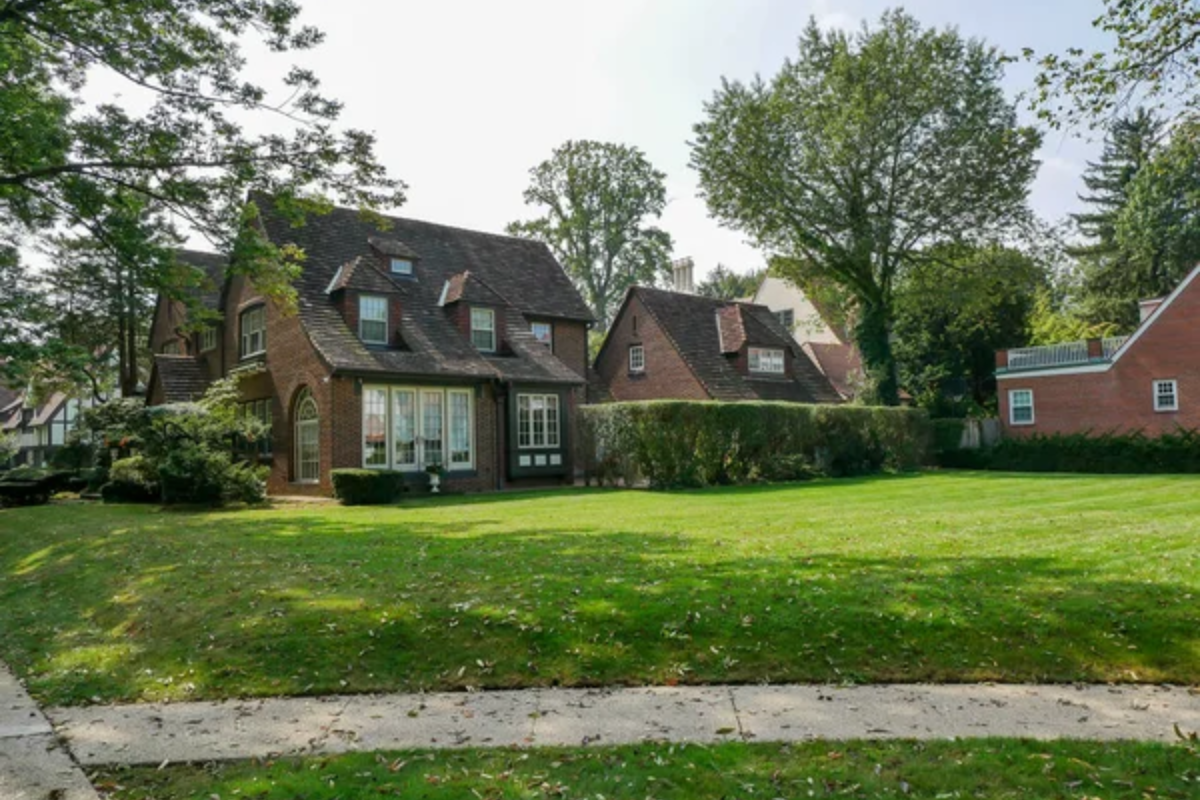
This planned community in central Queens was designed in 1909 by Frederick Law Olmsted Jr. with architecture by Grosvenor Atterbury, creating a Tudor-style village within the city. The private streets feature Tudor and Colonial Revival homes surrounding landscaped green spaces modeled after English garden cities.
While technically private, visitors can respectfully walk through the area, admiring the architecture and meticulous landscaping that has been maintained for over a century. The adjacent commercial district of Forest Hills offers excellent dining options featuring diverse cuisines reflecting the neighborhood’s cosmopolitan character.
Washington Heights
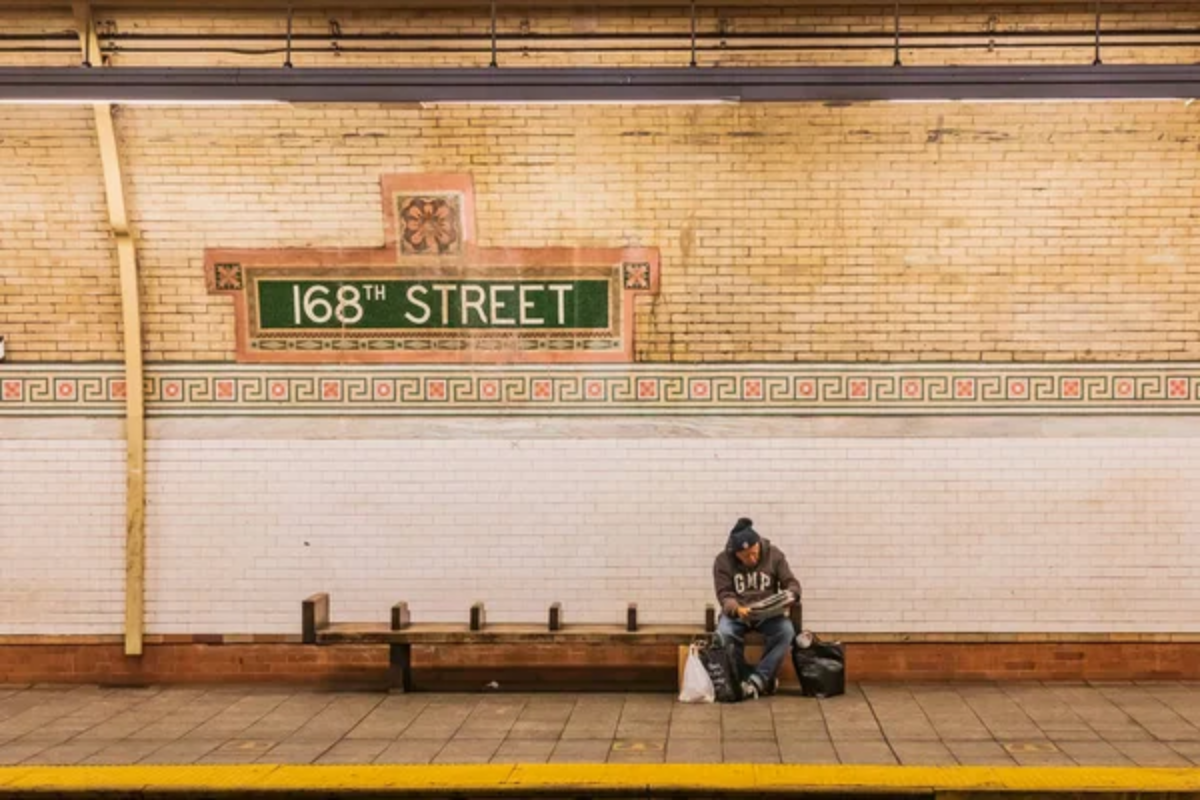
This uptown Manhattan neighborhood offers stunning architecture, vibrant Dominican culture, and some of the most dramatic topography in Manhattan. The area features multiple parks, including Highbridge Park, with the recently restored oldest standing bridge in New York connecting Manhattan to the Bronx.
The Hispanic Society Museum & Library houses the most extensive collection of Spanish art outside Spain, including works by El Greco, Velázquez, and Goya. Local businesses reflect the neighborhood’s Dominican heritage, offering authentic cuisine, music, and cultural experiences rarely found in more tourist-oriented areas.
Arthur Avenue
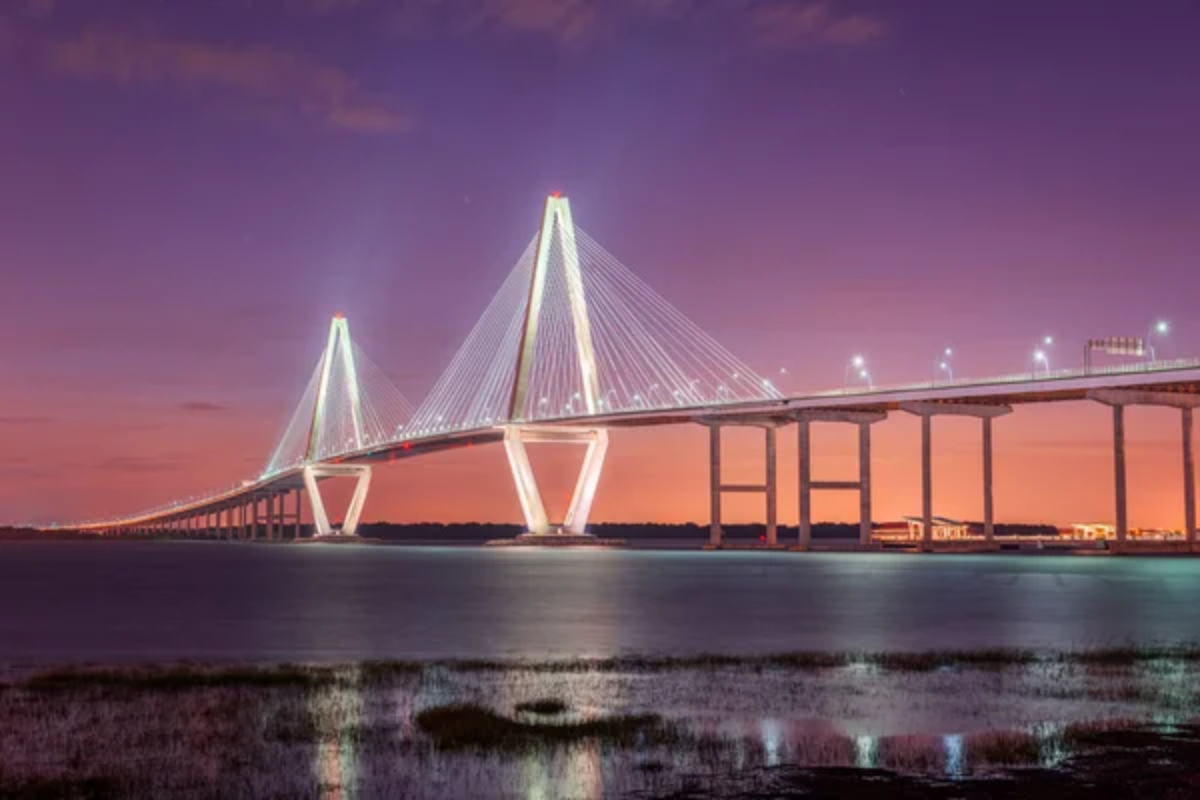
The Bronx’s Little Italy maintains authentic Italian-American culinary traditions in a neighborhood where family-owned businesses have operated for generations. Unlike Manhattan’s increasingly commercialized Little Italy, this district continues to function as a working community where restaurants and shops serve knowledgeable locals rather than focusing on tourists.
Visitors can explore the Arthur Avenue Retail Market—an indoor collection of butchers, bakers, and specialty food vendors operating since the 1940s. The nearby New York Botanical Garden and Bronx Zoo provide additional attractions while the neighborhood itself offers authenticity increasingly rare in New York.
Like Travel Pug’s content? Follow us on MSN.
Gowanus
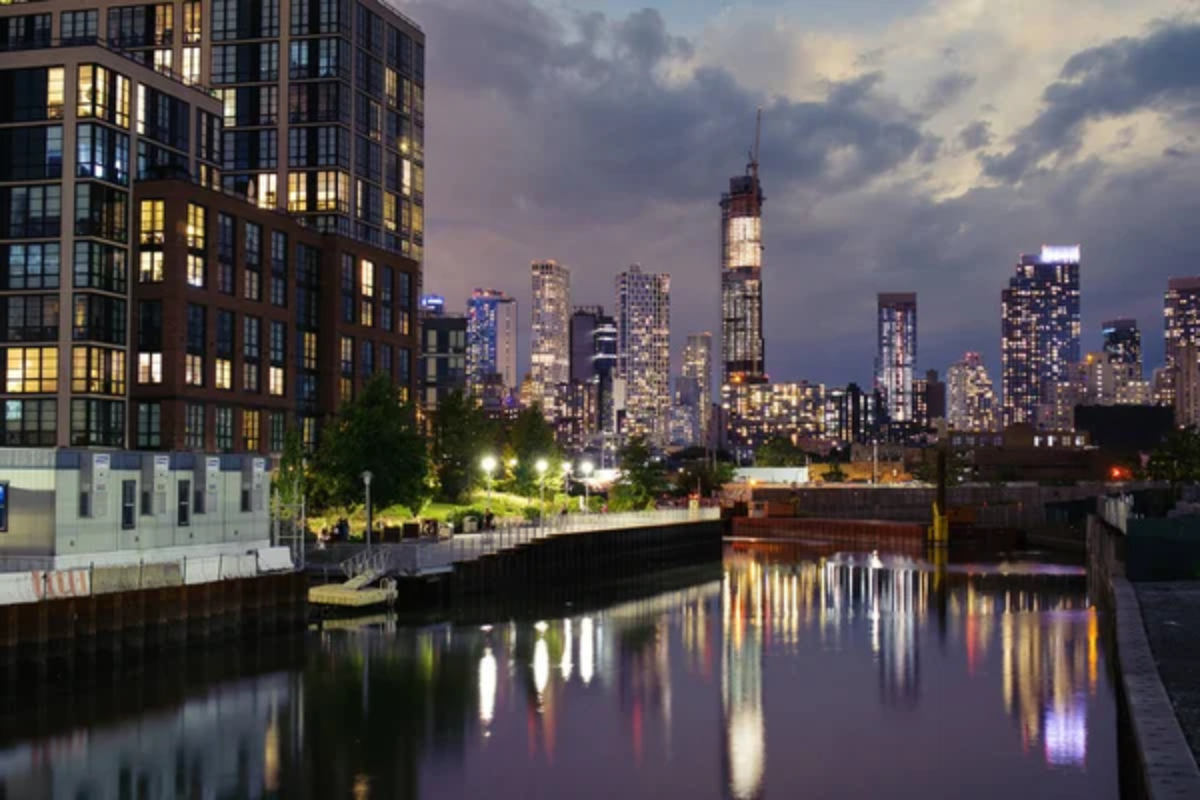
This formerly industrial Brooklyn neighborhood centered around a canal has transformed from an environmental cautionary tale to a creative district without losing its gritty character. The Gowanus Canal—once among America’s most polluted waterways—now hosts canoe tours while its shores support art studios, performance spaces, and innovative businesses.
Industrial buildings have found new life as climbing gyms, axe-throwing venues, and craft distilleries without sacrificing the area’s distinctive atmosphere. The neighborhood’s transformation remains ongoing, creating an interesting mix of old industrial uses alongside creative enterprises.
New York’s Hidden Character
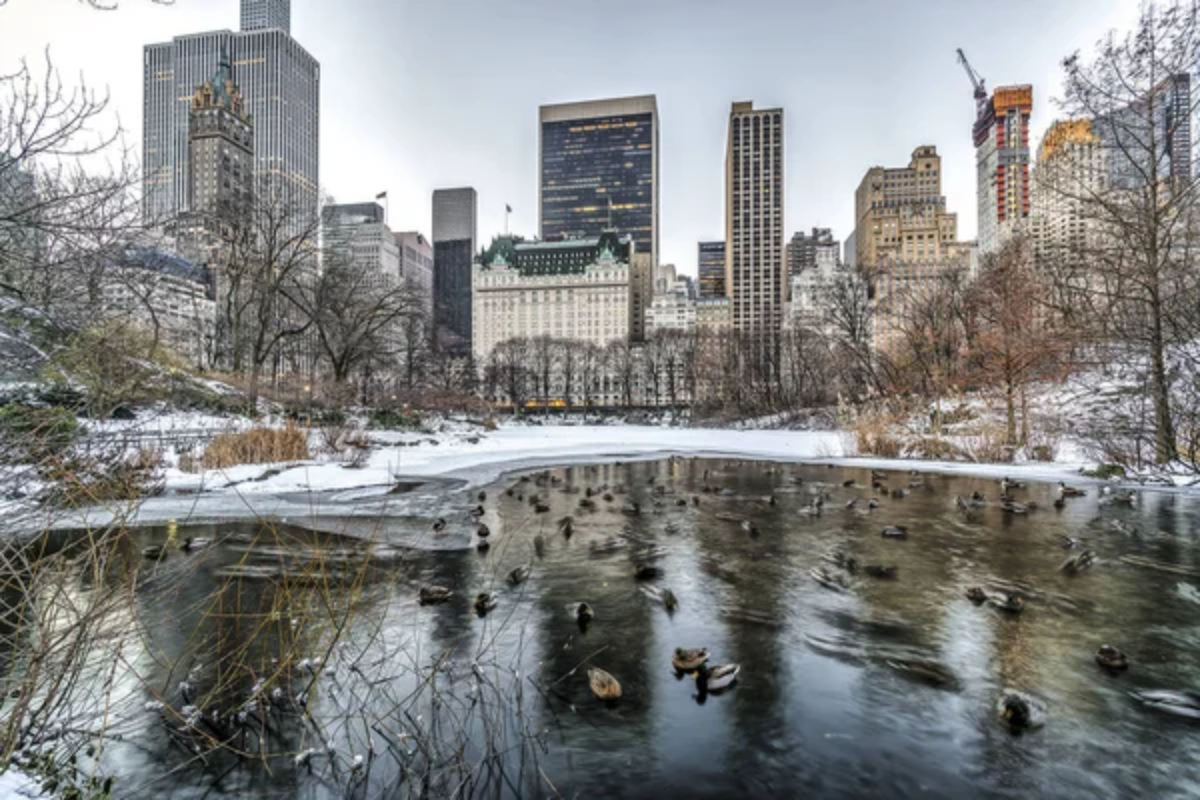
These quieter corners reveal New York’s authentic character through neighborhoods where real life continues regardless of tourist attention. Each area offers distinctive architecture, cultural experiences, and local businesses that contribute to the city’s remarkable diversity.
Visitors who venture beyond crowded attractions discover the genuine New York, where communities maintain traditions, innovate creatively, and build distinctive urban landscapes. These neighborhoods remind us that great cities reveal themselves gradually to those willing to explore beyond the obvious attractions and bright lights.
More from Travel Pug

- Cities Growing so Fast You Won’t Recognize Them in 10 Years
- 13 Destinations Where Tourists Regularly Regret Their Trip
- 20 Obscure WWII Sites Even History Buffs Don’t Know About
- 10 Under-the-Radar Mountain Towns That Are Both Affordable and Beautiful
- 20 Abandoned Places That Feel Like Real-Life Post-Apocalyptic Movie Sets
Like Travel Pug’s content? Follow us on MSN.
